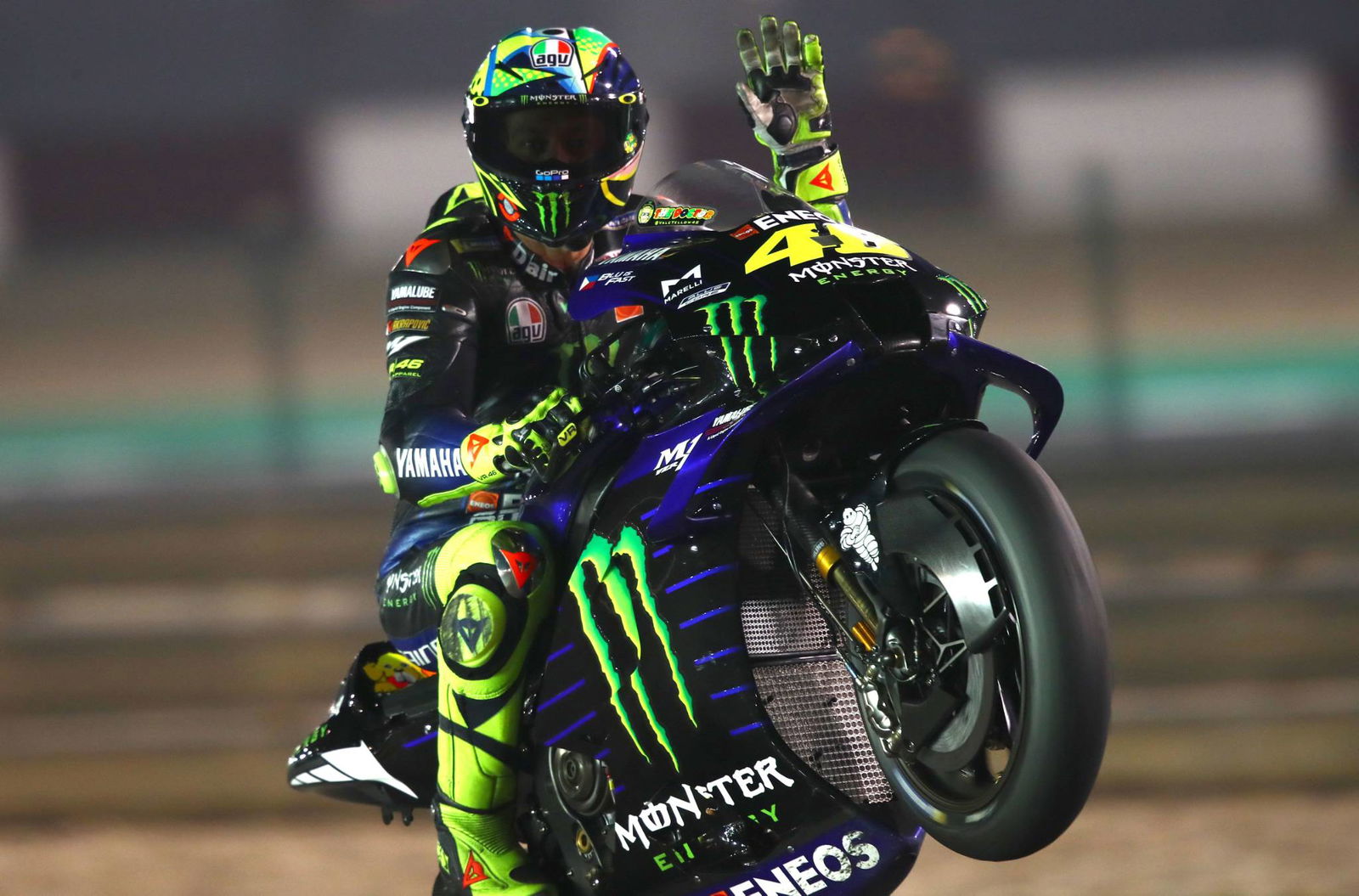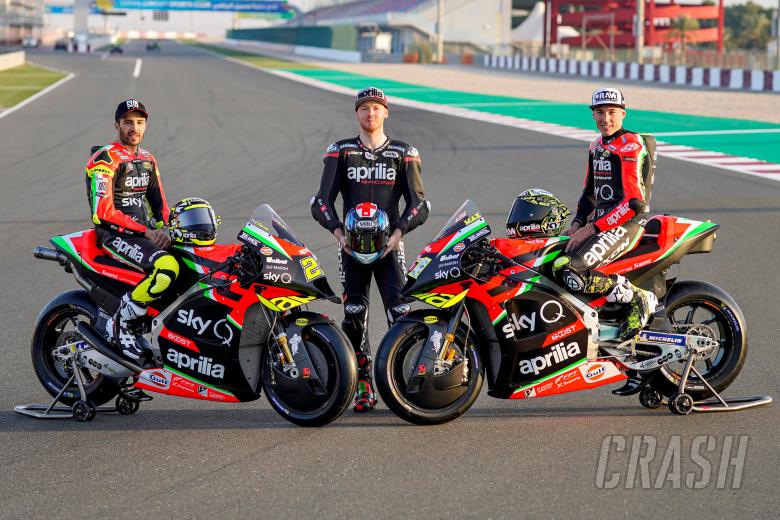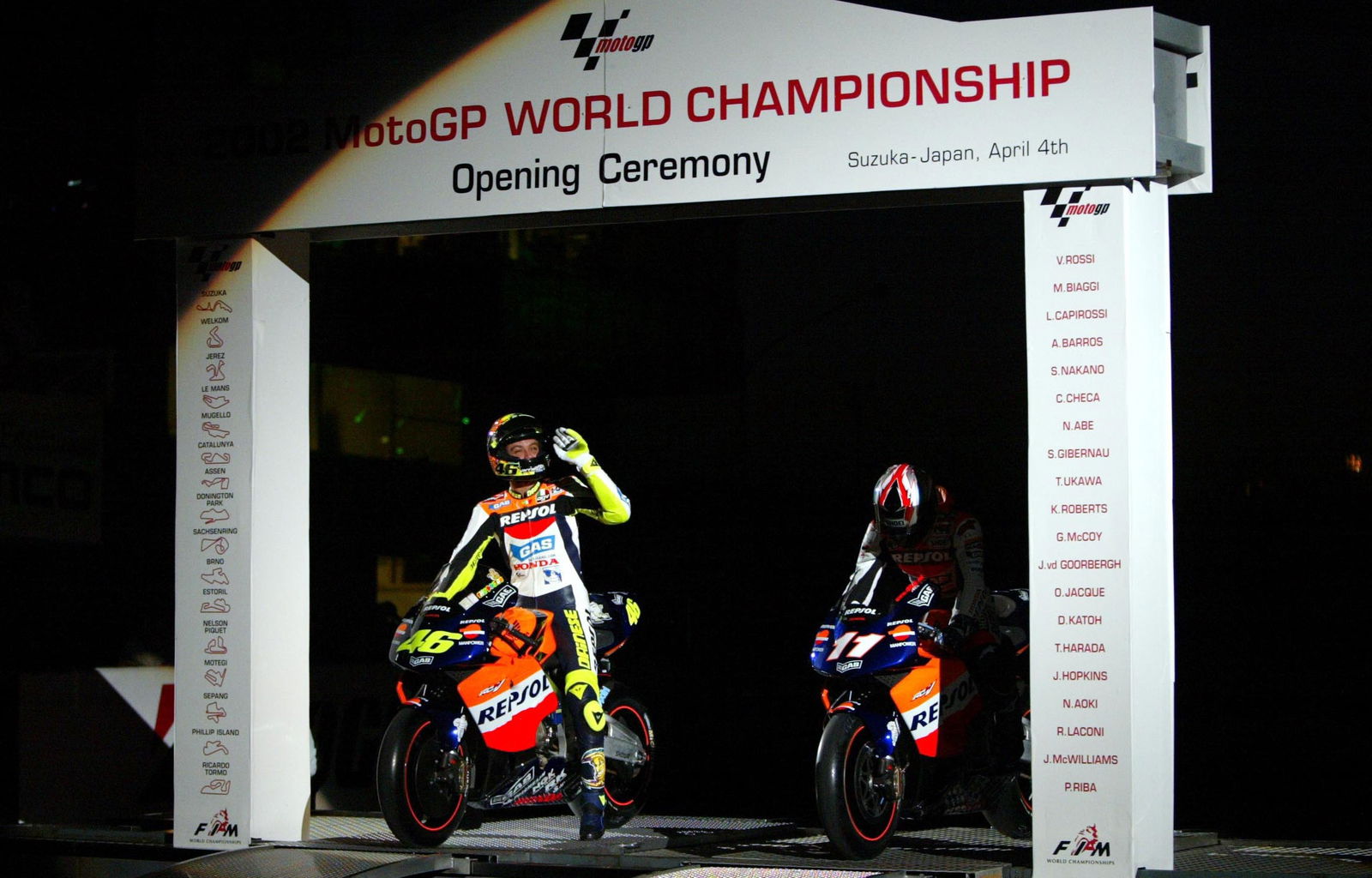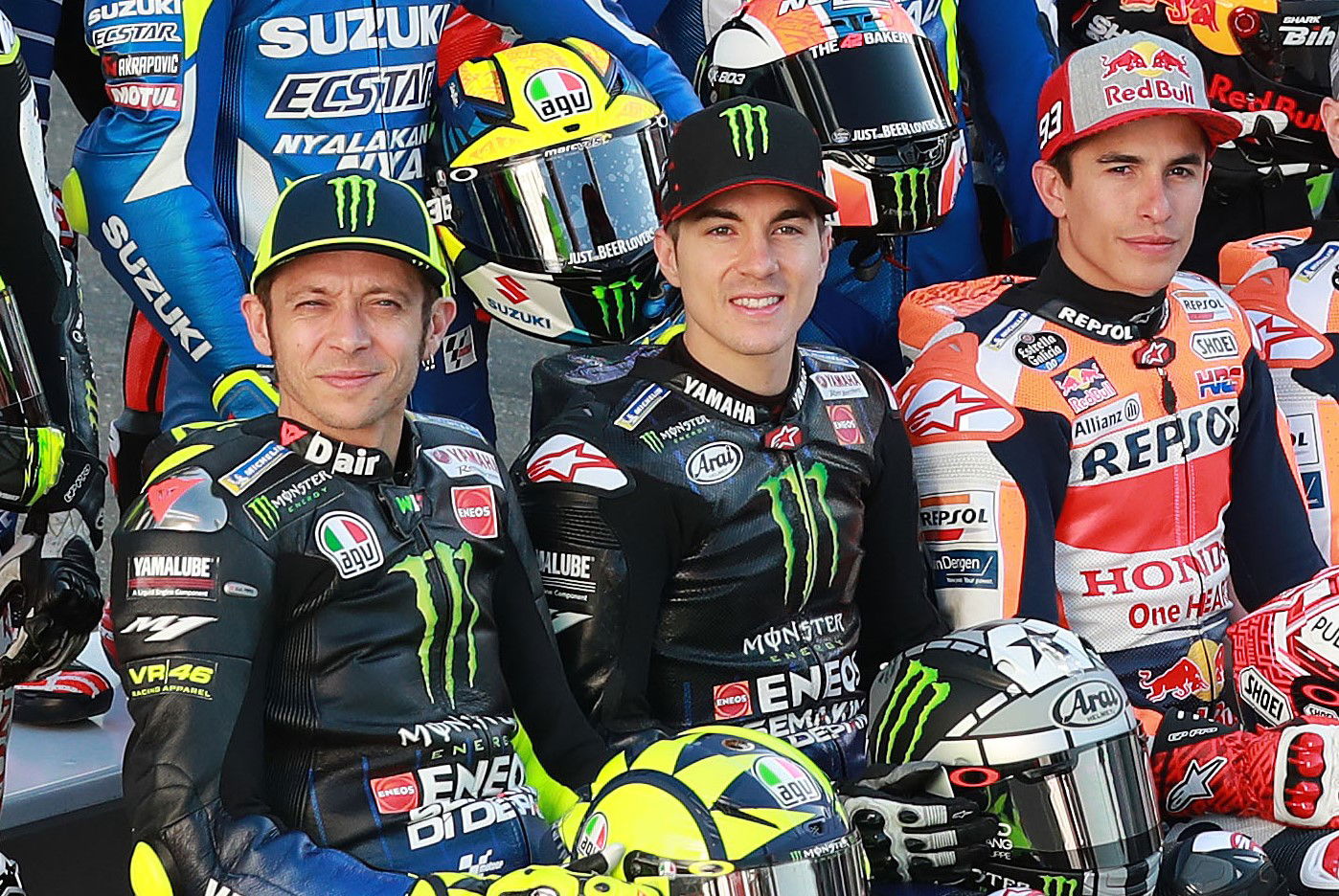How the unexpected break has affected MotoGP’s key players
Three weeks is a long time for a lot to happen in any sport but in this unprecedented period amid the coronavirus pandemic MotoGP’s picture changes even quicker.
At the beginning of March the delayed start to the 2020 MotoGP season became an uncertain certainty, with how long and how much impact the postponements would have to the key talking points, and while that hasn’t changed what it covers has developed at a rapid pace.

Three weeks is a long time for a lot to happen in any sport but in this unprecedented period amid the coronavirus pandemic MotoGP’s picture changes even quicker.
At the beginning of March the delayed start to the 2020 MotoGP season became an uncertain certainty, with how long and how much impact the postponements would have to the key talking points, and while that hasn’t changed what it covers has developed at a rapid pace.
To date, the opening four MotoGP rounds have been postponed or cancelled, aside from Moto2 and Moto3 running at the Qatar Grand Prix, but all three rounds in May are under significant threat of postponement as the June fixtures also start to join that list.
In short, the actual start of the 2020 MotoGP season remains an estimation until the coronavirus situation improves and travel restrictions are lifted – optimists are looking at June while pessimists push delays back to the latter part of the summer.
It will have a significant impact on the pivotal junctures set to shape this season (at least on track), with the effects felt stretching into future campaigns.
Injuries and recoveries
With minimal risk of physical injury due to no testing or racing, although it didn’t stop Maverick Vinales spending a night in hospital after a motocross accident two weeks ago, the riders will have plenty of time to recover from ongoing injuries and niggles that they were preparing to start the year carrying.
Marc Marquez, Takaaki Nakagami and Miguel Oliveira were facing a race against time to recover from their respective shoulder surgeries, cutting short rehabilitation to be ready for the opening round, but now all three will have the necessary time required to regain full fitness.
While being race rusty could pose a worry when track action finally returns, the biggest health concern is the reason for the postponements in the first place. So far, none of the MotoGP stars have been reported testing positive for coronavirus but it remains a major threat to those in the worst-hit regions in Northern Italy like Valentino Rossi, Andrea Dovizioso and Danilo Petrucci.
2020 MotoGP developments on ice
MotoGP officials confirmed engine and the first aero fairings will be homologated from March 25 through remote channels after the initial delay due to the cancellation of the Qatar opener.
The usual format sees homologations taken at the first race but given the uncertainty over when the season will actually start, special measures have been taken to begin the process this week.
Concerns were raised that some MotoGP manufacturers would be able to gain an edge by continuing to develop inhouse while rivals, particularly those based in Italy like Ducati and Aprilia hit by government-enforced shutdowns, would lose ground as a result.
The first event homologation will be completed remotely by sending in sample engines and digital fairing designs. Honda are an exception having already provided sample engine parts in Qatar. Suzuki’s engines are still in Qatar under FIM control following the cancelled 2020 opener, while Yamaha and Ducati will ship sample engines.
Aprilia and KTM do not need to submit sample engines under MotoGP Concession rules but are still subject to the same regulations for their initial aero fairings.

Valentino Rossi’s own future
As evaluated in greater deal here, Valentino Rossi’s decision on his career has already been delayed and the changes to the 2020 season could sway his call without even completing a racing lap.
Rossi remains insistent he wants to assess his own competitiveness, and the performance level of Yamaha overall, before making a call on his future between continuing into 2021 or retiring at the end of this season.
But without a clear picture and in such an unusual season and situation, Rossi’s own criteria might be superseded by events out of his control.
Rider market stalls
The same can be said for the overall MotoGP rider market which was set to dominate headlines and speculation throughout 2020.
So far only four riders have confirmed spots on the 2021 MotoGP grid – Marc Marquez at Repsol Honda, Maverick Vinales and Fabio Quartararo at Monster Yamaha plus Tito Rabat at Avintia Ducati – while Valentino Rossi has the option of a full factory Yamaha for next year if he chooses it.
Contract negotiations and options have all been put on hold given greater pressing issues needed addressing in the coronavirus crisis, but pressure will begin to mount the closer time ticks towards 2021 with riders coming to the end of their contracts.

Andrea Iannone’s doping ban?
Far from the forgotten man over the past four months, a decision on Andrea Iannone’s FIM anti-doping hearing had been expected weeks ago.
But as it coincided with the coronavirus outbreak in Europe and the decimation of the 2020 race calendar the Aprilia rider’s situation has been put on hold.
As things stand, a formal decision still needs to be issued by the FIM anti-doping courts which could be taken to the Court of Arbitration for Sport on appeal by either side subject to the FIM’s outcome.
With more pressing matters for all parties to work on, a decision is expected once the 2020 racing season begins to take shape again.
Any retrospective bans would stretch back and start from when Iannone was provisionally suspended on December 17 last year, following his failed anti-doping sample taken at the 2019 Malaysian MotoGP on November 3.
Following his extensive hearing which included a failed B sample and a hair sample supplied by Iannone’s defence lawyers which provided a negative result for the banned steroid Drostanolone, the Italian rider faces a wide range of potential punishments extending up to a maximum four-year ban.
Depending on the penalty Iannone is given, if it is penalty at all, coupled with when the MotoGP season restarts and any retrospective action Aprilia may take on its rider, he will not know if he can return to the grid until a final decision is made.

